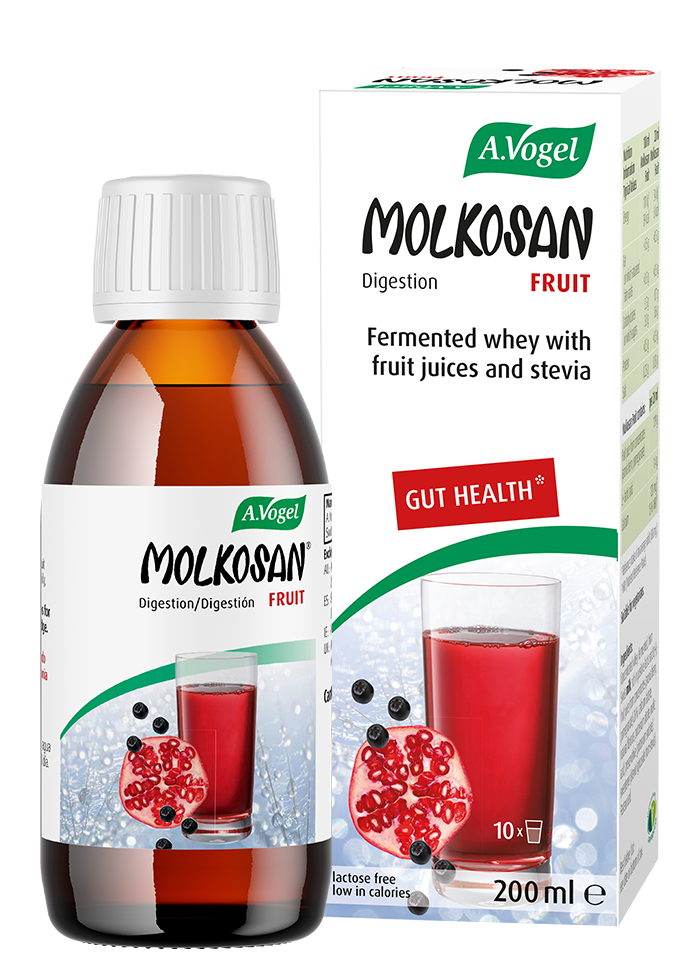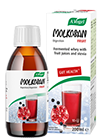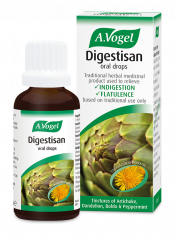What can cause bloating in the first place?
Whilst not a conclusive list, here I explore some of the common causes of bloating and what can be done to help:
Food intolerance
Whilst food intolerance is on the rise (dairy products and gluten are among some of the common culprits) a lot can be said for supporting your stomach to help minimise the symptoms. We need sufficient stomach secretions to help breakdown the food we eat properly, and an overly-permeable gut wall will only make these fragments of food more available to an over-sensitive immune system. Therefore, low stomach acid and leaky gut are definitely issues to target if you suspect you are experiencing bloating as a result of food intolerance.
Diet

Whilst food intolerance is an area to explore, even the most resilient tums can struggle if your diet is questionable. Red meat, fried foods, caffeine, fizzy drinks, excess sugar or simply overeating can all put extra pressure on your digestive system, which could contribute to bloating at any given time. 
Indigestion
Recurrent indigestion could be a sure sign that your stomach secretions aren’t sufficient. We need adequate stomach acid to help breakdown the food we eat, and without it we may experience delayed gastric emptying (resulting in a full, nauseated feeling) and bloating, as our recent meal starts to ferment. If these symptoms sound familiar, try taking a herbal bitter tincture such as Yarrow, 5-10 minutes before meals in a small splash of water.
Constipation
If your bowel isn’t moving regularly, I wouldn’t be surprised to hear that you’re feeling bloated. Slow moving waste will create a bulky backload in itself, but actually, this waste is also then subject to fermentation by the naturally occurring bacteria in your bowel which, you’ve guessed it, can create excess gas!
Dysbiosis
Dysbiosis is an imbalance of your good gut bacteria. If you don’t have sufficient levels of good bacteria, bad bacteria can soon flourish and this can give rise to a whole number of symptoms including some of the symptoms of IBS: constipation, diarrhoea and bloating.
Hormones

Especially in women, fluctuating hormones, for example as a result of PMS or menopause, can easily give rise to bloating. Targeting the underlying hormonal issue is often the first port of call, whilst digestive solutions such as Molkosan Fruit may also be a useful addition to your regime.
What’s the significance of gut bacteria?
We often hear that prebiotics and probiotics can help minimise digestive symptoms and this is because they help to correct the balance of bacteria in our gut. Our microbiome consists of around 100 trillion bacteria, and with that number of bacteria in the one place unsurprisingly it pays to work on achieving an optimal balance.
As good bacteria wane, bad bacteria or yeast can easily take the opportunity to thrive and this gives rise to uncomfortable symptoms. Even more worrying is the fact that research suggests our gut bacteria may not only have a local influence, but they could actually be contributing to a raft of whole-body effects, including everything from our mood to our body weight1.
How can Molkosan Fruit help?
Molkosan is made from fermented whey. Whey, a component of milk, was a popular remedy in health resorts in Switzerland as far back as the 1700s. When A.Vogel’s founder Alfred Vogel set up his own health clinic in Teufen, Switzerland, in the 1920s, it was one of his first and most impressive remedies.
Molkosan Fruit acts as a prebiotic in the gut. This means, as a result of its L+ lactic acid content, it helps to support the internal environment of the gut, and therefore supports the growth of the good gut bacteria that reside there. As we now know, the gut is thought to be central to our overall health, hence the wide number of health benefits which may be associated with digestive products such as prebiotics.
A.Vogel Molkosan Fruit | Prebiotic Formula Providing Gut Health Support | Ariona Berry & Pomegranate | 200ml
£8.99 (200ml) In Stock Get it tomorrow, 23rd December.
Alone or in combination?
Whilst setting the correct gut environment with a prebiotic is often a useful first step in supporting the gut, once this is achieved, prebiotics can certainly work well in combination with probiotics too. Probiotics contain the good bacteria themselves, so once you’re confident they’ll survive ok in there, you can add your supplemental good bacteria.
How to take Molkosan Fruit
Despite being made from milk, the end product Molkosan is lactose-free and generally very well tolerated, and can be used in children over the age of 2 years old. The fruit variety is particularly palatable and contains a dose of calcium to further support digestive enzyme function.
I often recommend starting a course of prebiotics such as Molkosan before adding in any probiotics. Take A.Vogel Molkosan Fruit for a week or two, 1-2 times daily, diluting 5-10mls in a tall glass of water. The key is to drink this away from your meals (otherwise you could risk diluting your all-important stomach secretions).
After this time, you can then start taking a good quality probiotic such as Optibac EveryDay, in combination with the Molkosan Fruit to help support optimal digestive health.









